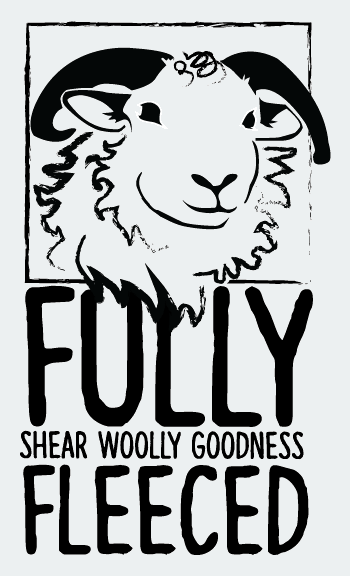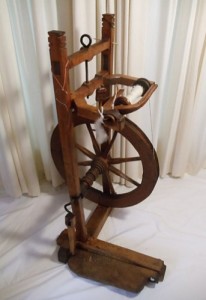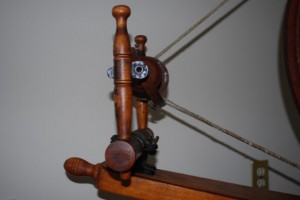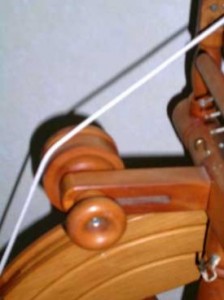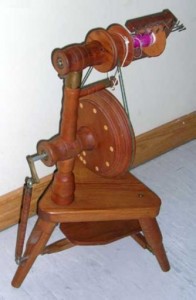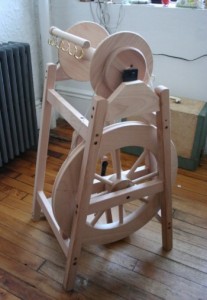- In single drive, your drive band is directly contacting either the flyer or the bobbin,
- In double drive, your drive band is contacting both flyer and bobbin
- In single drive, the difference in rotational speeds of the bobbin and flyer is caused by a brake band on one or the other.
- In double drive, the difference in rotational speeds is dictated by the difference in diameter of bobbin and flyer pulleys.
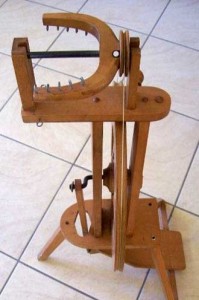
Single Drive
- Flyer –lead: driveband moves the flyer, brakeband on the bobbin
- Bobbin-lead: driveband moves the bobbin, brakeband on the flyer
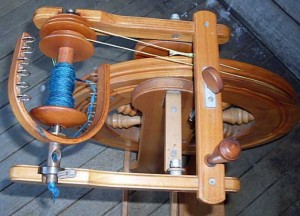
Double Drive
- Driveband makes two loops, one around flyer pulley, and one around bobbin pulley.
